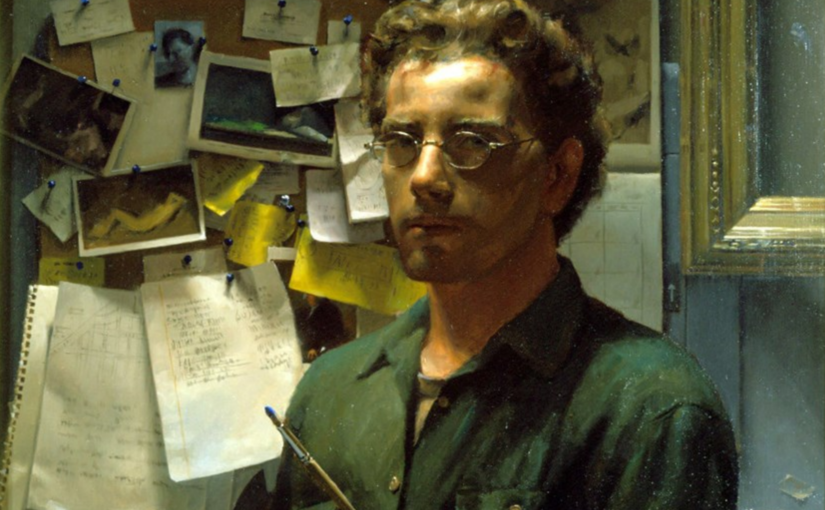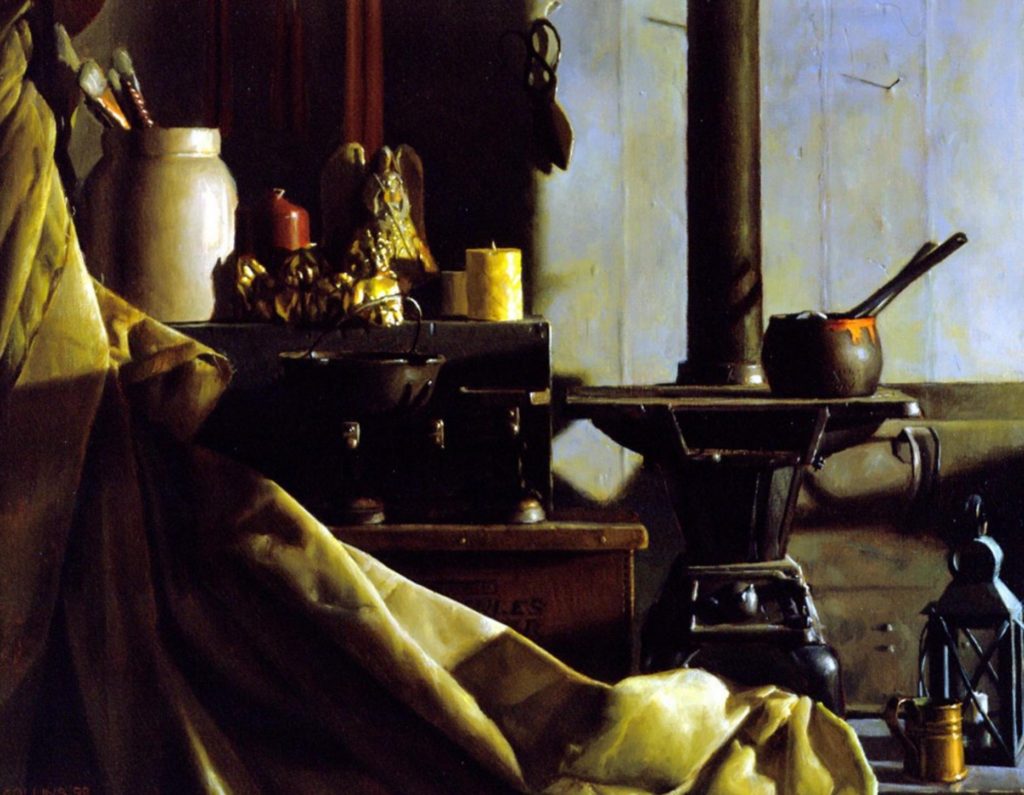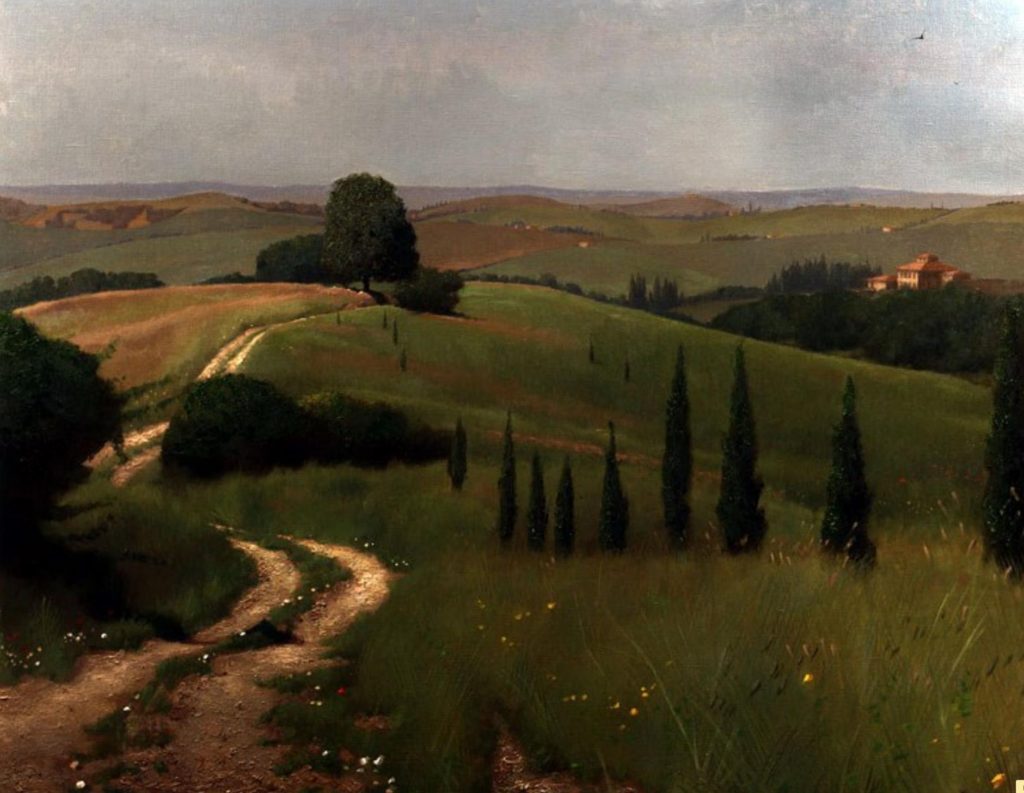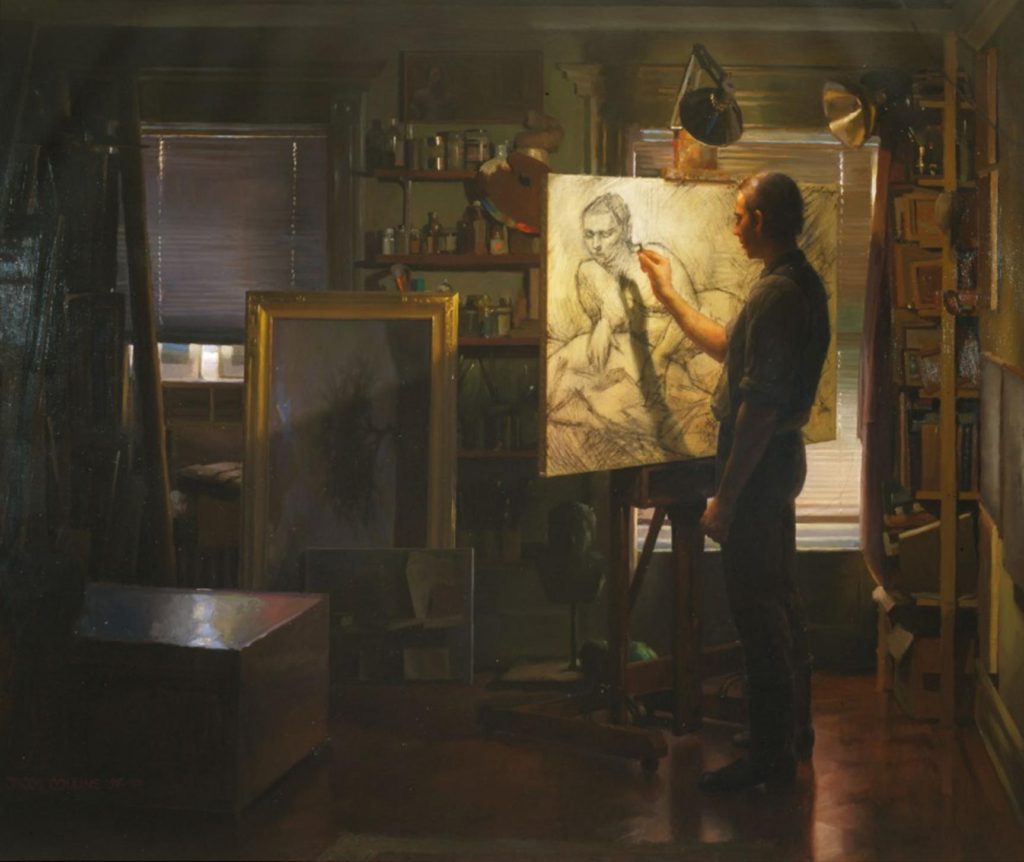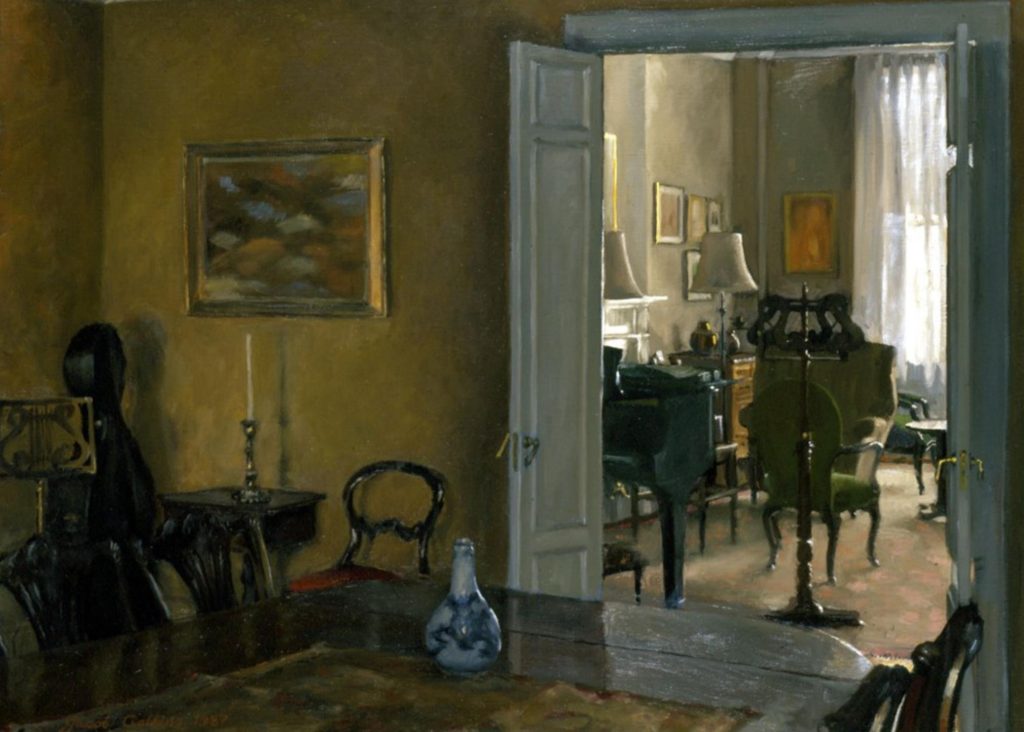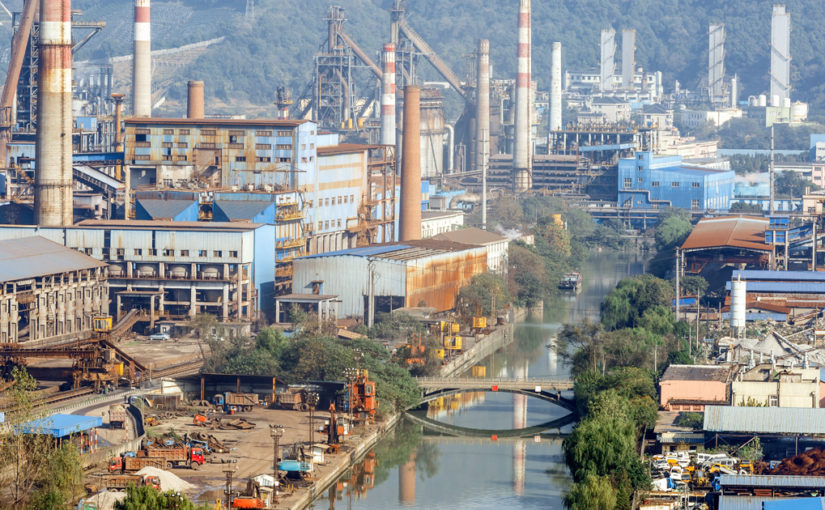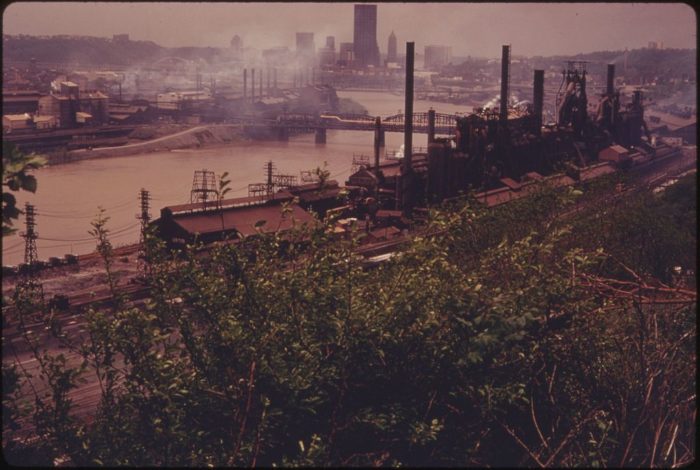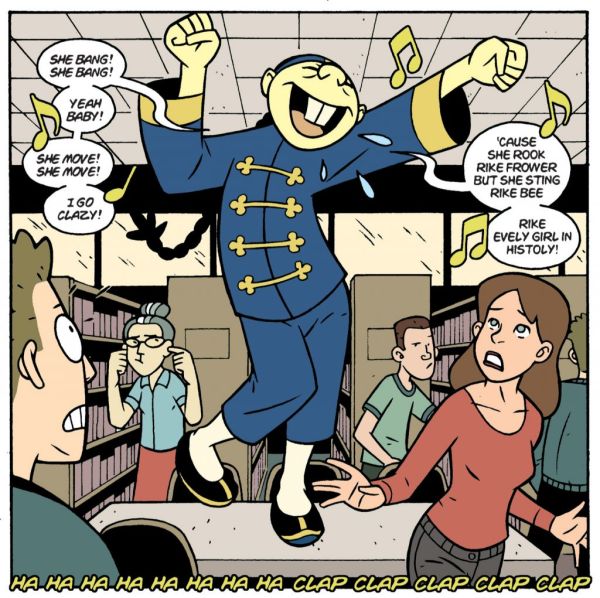Hey Guys!
There’s been a bunch of big earth-shattering changes going on Geo-Politically and domestically. And Though I try to be topical, it’s really freaking out a lot of my MM readership. So I’m going put the brakes on that stuff. Sort of, and get back to some easier stuff to sooth our souls.
And this post is dedicated to Michelle. The stress of moving to a new area, and caring for family has been taking it’s toll. It’s time for a cool look and reminder of whence we came from.
If you didn’t personally live through the 1970s, it’s easy to make assumptions.
You probably picture everyone dressed in bell-bottoms, their shirts unbuttoned down to their navels and their perfectly coiffed shag haircuts not budging as they boogie-woogied all night long.
And while that may be a fairly accurate snapshot—especially the bell-bottoms—it’s by no means the complete picture.
For those who came of age during the grooviest decade in history, memories run deeper than Donna Summer (Ohhhh I love to love ya baby.) and questionable fashion choices. LOL.
But seriously folks…
The best parts of your childhood probably involved things today’s kids will never know
From an article that I picked up and chopped up out of my unedited stash slush box...
The endless stretch of a lazy summer afternoon. Visits to a grandparent’s house in the country. Riding your bicycle through the neighborhood after dark. These were just a few of the revealing answers from more than 400 Twitter users in response to a question: “What was a part of your childhood that you now recognize was a privilege to have or experience?”
That question, courtesy of writer Morgan Jerkins, revealed a poignant truth about the changing nature of childhood in the US: The childhood experiences most valued by people who grew up in the 1970s and 1980s are things that the current generation of kids are far less likely to know.
That’s not a reference to cassette tapes, bell bottoms, Blockbuster movies, and other items popular on BuzzFeed listicles. Rather, people are primarily nostalgic for a youthful sense of independence, connectedness, and creativity that seems less common in the 21st century.

The childhood privileges that respondents seemed to appreciate most in retrospect fall into four broad categories:
[1] The ability to take risks
“Riding my bike at all hours of the day into the evening throughout many neighborhoods without being stopped or asked what I was doing there,” was one Twitter user’s answer to Jerkins’ question.
Another commenter was grateful for “summer days & nights spent riding bikes anywhere & everywhere with friends, only needing to come home when the streetlights came on,” while yet another recalled “having a peaceful, free-range childhood.”
Countless others cited the freedom to explore—with few restrictions—as a major privilege of their childhood.
American children have less independence and autonomy today than they did a few generations ago.
For many of today’s children, that privilege is disappearing.
American children have less independence and autonomy today than they did a few generations ago. As parents have become increasingly concerned with safety, fewer children are permitted to go exploring beyond the confines of their own backyard.
Some parents have even been prosecuted or charged with neglect for letting their children walk or play unsupervised.
Meanwhile, child psychologists say that too many children are being ushered from one structured activity to the next, always under adult supervision—leaving them with little time to play, experiment, and make mistakes.
That’s a big problem.
Kids who have autonomy and independence are less likely to be anxious, and more likely to grow into capable, self-sufficient adults.
In a recent video for The Atlantic, Julie Lythcott-Haims, author of How to Raise an Adult, argues that so-called helicopter parents “deprive kids the chance to show up in their own lives, take responsibility for things and be accountable for outcomes.”
That message seems to be gaining traction. The state of Utah, for example, passed a “free-range” parenting law in 2018 meant to give parents the freedom to send kids out to play on their own.
[2] Lots of time with family
Another privilege cited by many Twitter respondents was regular time with their parents—around the dinner table, on weekends, on vacation—and access to meaningful interactions with other family members, especially grandparents.
One respondent wrote “My paternal grandparents were my daycare and their house in the country was my playground.”
Another said, “my Italian grandparents lived on a street with a slew of their brothers and sisters. Nobody had any money. Everyone’s doors were open all day. Coffee always on, something on the stove. Endless stories and laughter. The happiest world.”
In an email to Quartz, Jerkins said that many of the respondents “were talking about having their grandparents around, which I thought was incredibly heartwarming.”
Spending time with grandparents is also an important part of child development: Close grandparent-child relationships have significant mental health benefits both for kids and for grandparents, and encourage prosocial behavior in children.
But in the stressed, tired, and rushed modern American family, time together is a limited resource. A recent Pew survey found that 36% of American parents, for example, felt they spent too little time with their children.
That’s especially true of dads, 63% of whom say that they spend too little time with their kids.

[3] Reading books
Reading is good for children. It makes them more literate, better at math, and more academically successful in general.
So it’s no wonder that a large majority of the respondents to Jerkins’ Twitter question answered cited time for reading as a major privilege of their childhood.
“Books. Hundreds and thousands of them moving through our house—from libraries, bookstores, passed from friends and coworkers of my parents.
No idea too frightening or taboo to discuss or analyze,” one Twitter user wrote. “Books saved my life,” another said.
Today’s teens, however, are reading significantly less than their predecessors. In 1984, 8% of 13-year-olds and 9% of 17-year-olds said they “never” or “hardly ever” read for pleasure.
In 2014, that number had almost tripled, to 22% and 27%. And entire cities have now become “book deserts,” wherein the chances that kids in low-income urban neighborhoods finding children’s books for loan or purchase are slim to none.
[4] A screen-free existence
Gratitude for a childhood free of Facebook and smartphones was another common thread.
“No social media,” one user wrote.
Another user answered: “A childhood without social media, tablets, mobile devices, apps, etc.” “I am so happy and blessed,” she continued, “that I can reflect on a childhood filled with books, board games, Razor scooters, and VHS tapes.”
Freedom from the constraints of an online presence is something that not a lot of US kids get to experience these days.
The latest research from Pew shows that 95% of teens report owning a smartphone or having access to one, and that 45% of teens say they are online on a “near-constant” basis.
That’s a marked change from even three years ago, the last time Pew conducted a survey of teens’ technology use, and found that 24% of teens went online “almost constantly.”
With the technology habits of today’s kids comes an increased risk of isolation, depressoin, and other mental health issues, along with the rise of cyber-bullying. A recent study in the journal Emotion showed that “the more hours a day teens spend in front of screens, the less satisfied they are.”
Reinventing childhood…
It’s only after we grow up that we’re able to recognize all the factors that made us into the people we are today.
Jerkins tells Quartz that she’s grateful for many privileges she was afforded: “Private tutoring. Flute lessons. Tap lessons. Dance and gymnastics lessons. Overnight summer camps. Regular summer camps. Books. Travel. Frequent trips to Disney World.” “I was very lucky,” she wrote.
A safe, healthy childhood is a privilege that far too few children in the US and around the world ever get to experience.
But even children who are lucky enough to grow up in a stable environment may not have the kind of adventurous, family-oriented, independent childhoods that the Twitter users who responded to Jerkins’ question describe.
Kids seem to be all the more unhappy for it. Maybe it’s time for a change.
A time for change…
And with the current state of the world as bizarre and challenging as it is right now, who could blame you for having some serious reappraisals on your life and the lifestyles of your family.
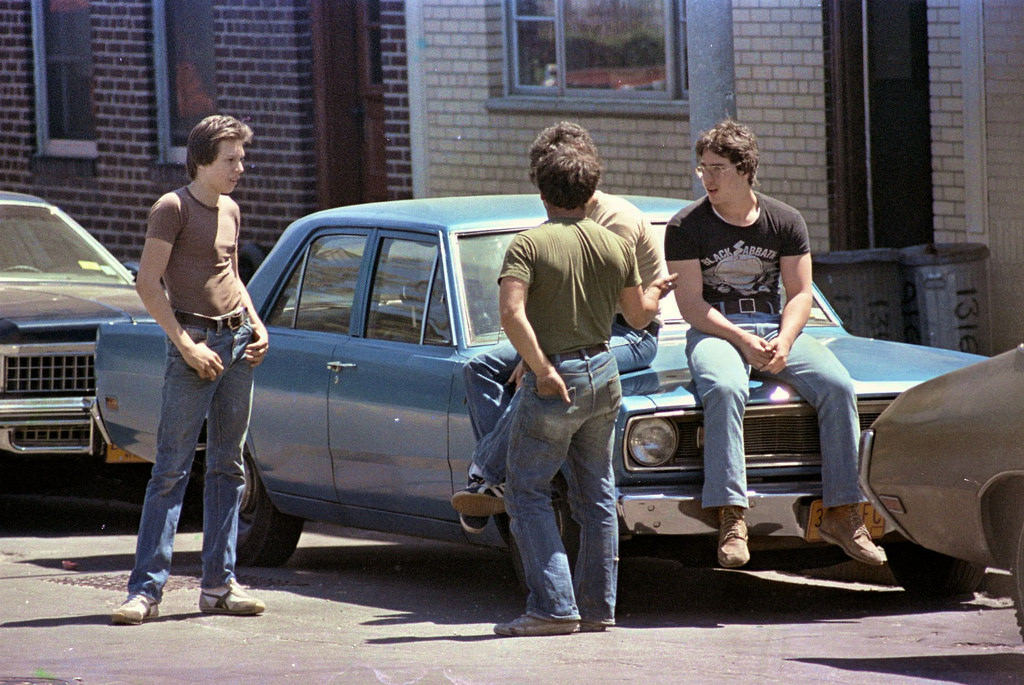
When I moved to China, I was stunned how community oriented it was, how the children were all out playing, or working with their parents, or spending time with their grandparents. These were things that I grew up with back when I was young, but that is wholly absent today.
Now, I’m not saying that suddenly everyone needs to get a pet rock, or put on some earth shoes, but maybe we all need to be a little less serious and a little more accommodating.
Let’s look at what it was like when I was growing up…
Taking care of Pet Rocks
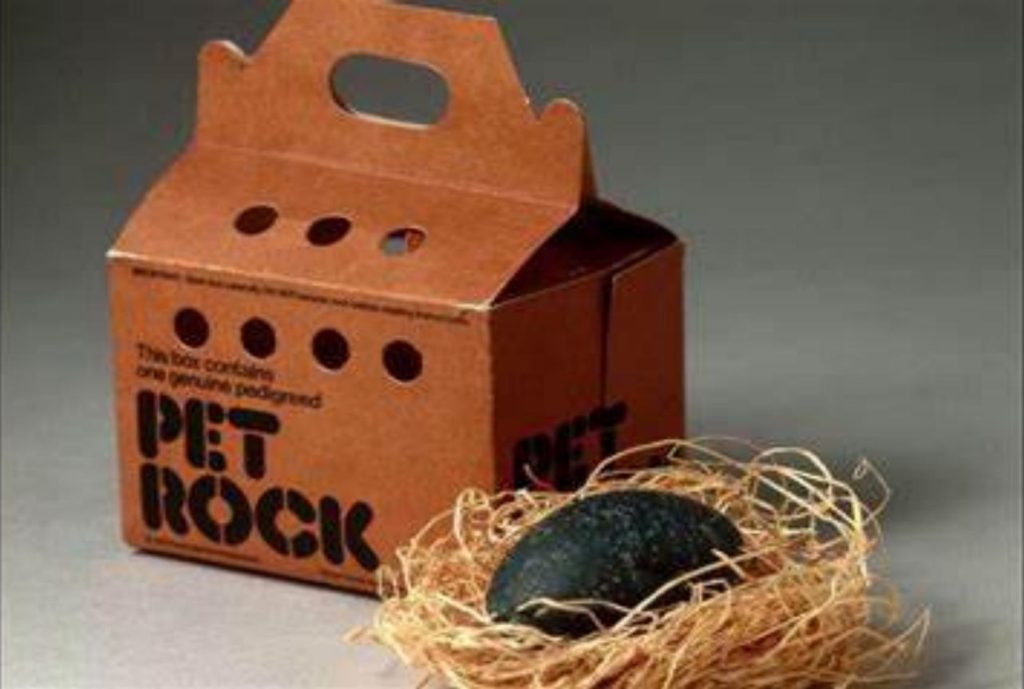
.
So…
In the ’70s, we begged our parents for $4 so that we could buy… a rock. Sure, this makes it sound like ’70s kids were the victims of the biggest con in history—and we were.
But we have no regrets.
I almost bought one as a Christmas gift for my “secret Santa” at work. But I was fortunately persuaded to buy something else. So I bought a gallon (about four liters) of a very, very, very cheap perfume. He he. Well, I was, after all, only 16 years old.
It’s the season. You all had to feel like we do….

We got to feed our Pet Rocks, take them for walks, and even clean up after them, just like a real pet. Call us fools if you must, but we loved our Pet Rocks.
Ah, the ’70s. They really were simpler times.
You know. Between the weed, the acid, and Mary Hartman, Mary Hartman… it just all seemed normal.
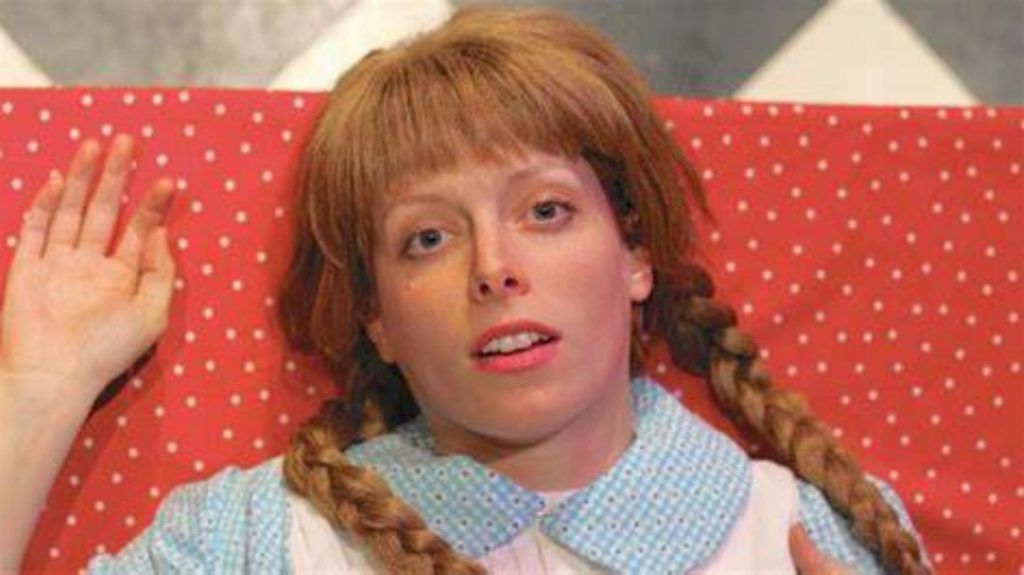
Yeah.
The 1970’s was a a place; a “state of mind”. It really was “dazed and confused.
Like going to a movie theater and being traumatized for months afterwards…
Being afraid to go in the ocean after Jaws
Yikes!

All it took was one seriously terrifying movie—Steven Spielberg’s 1975 shark fright fest Jaws—to keep an entire generation of children out of the ocean. All of us ’70s kids would scan the water for signs of a shark fin, hearing da-dum, da-dum, da-dum in our heads as we did.
And let’s not forget Linda Blair in the movie “The Exorcist”.
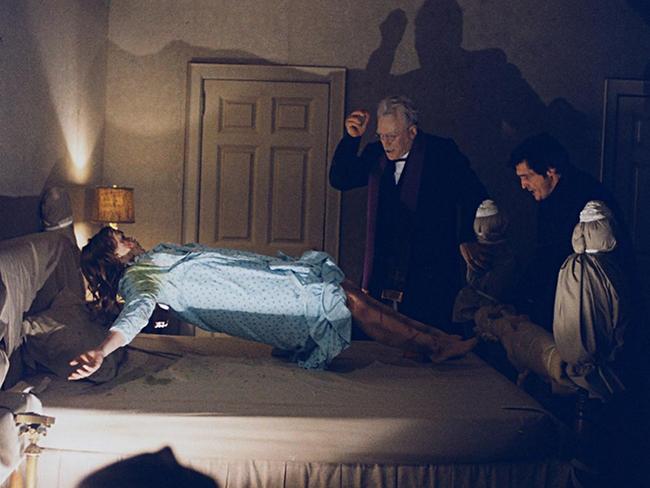
Yeah. I was on a date with a girl when I watched it, I had to carry her in my arms to the car afterwards. BTW, my old GTO, don’t you know.
My GTO. Sigh.
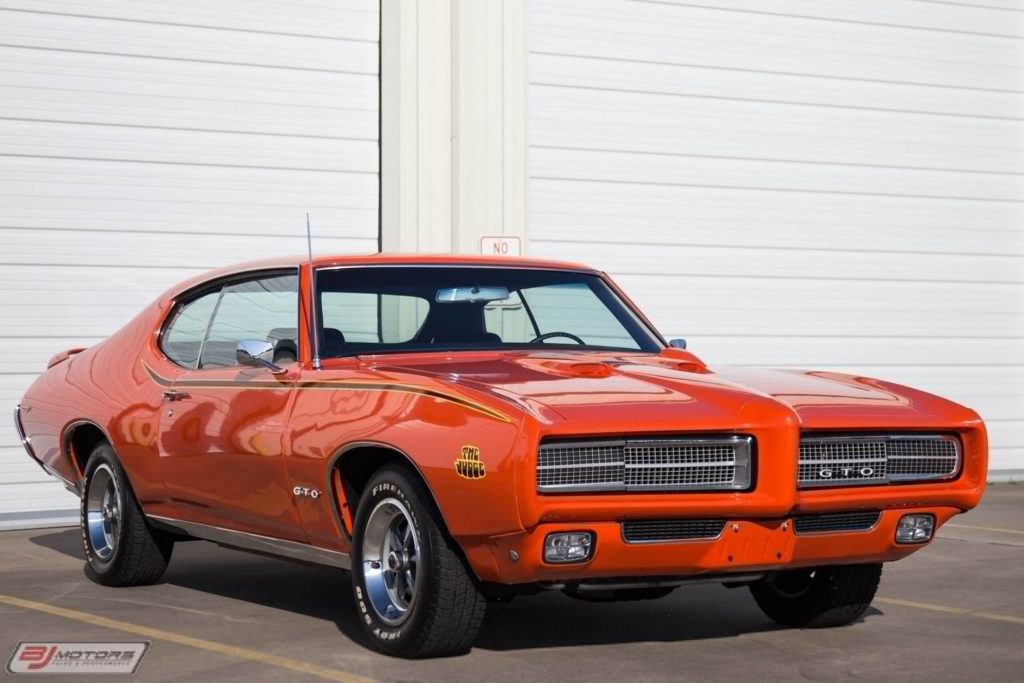
Schoolhouse Rock
I myself didn’t like it, but my younger brother and sister did. I guess that is how they ended up learning math and grammar. You know, from Schoolhouse Rock.

These educational animated shorts popped up amid our usual Saturday morning cartoon line-up. And their songs were so darn catchy that we didn’t even mind that they were tricking us into learning.
With educational hits like “Conjunction Junction” and “Three Is a Magic Number,” Schoolhouse Rock probably taught us more than our actual teachers did. Ask anybody who grew up in the ’70s to explain how laws are made in our country and they’ll likely start singing “I’m Just a Bill.”
Oh yeah.
We all wore them…
Tube Socks
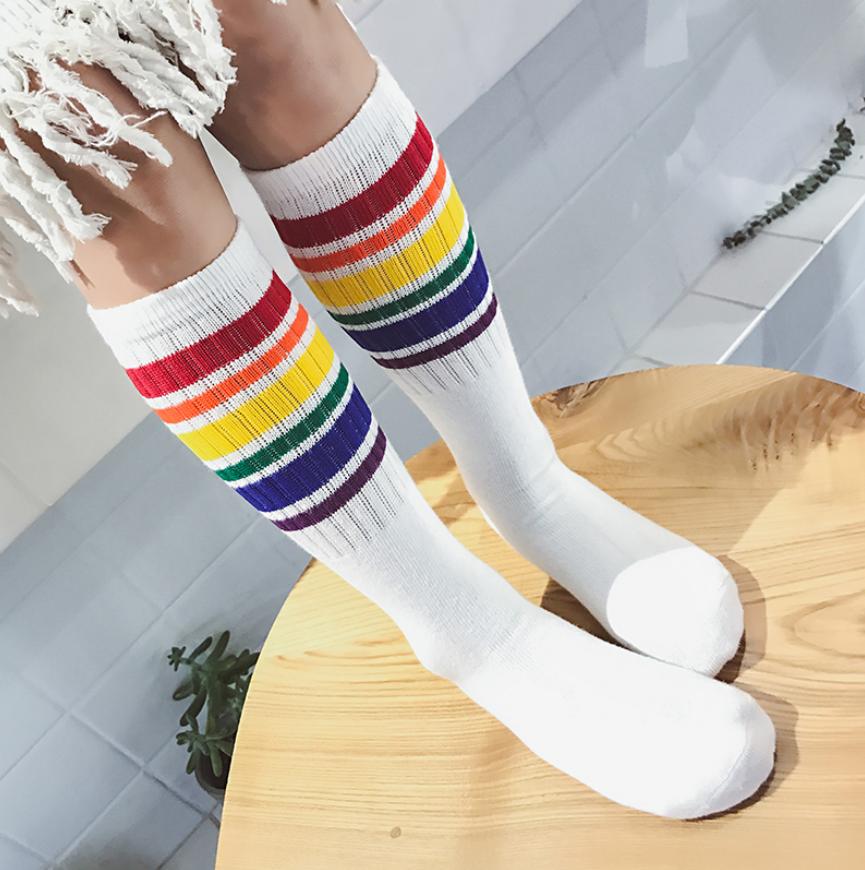
No self-respecting ’70s kid would ever walk out for gym class without a pair of tube socks, preferably one long enough to reach their knees. We all suffered from the same delusion that tube socks made us look athletic and not incredibly silly.
At least we weren’t alone, though. Everyone from Farrah Fawcett to Kareem-Abdul Jabbar made a very convincing case that tube socks were cool.
Yuppur.
Real cool beans.
Worshipping Fonzie
Everyone was into the Fonz.
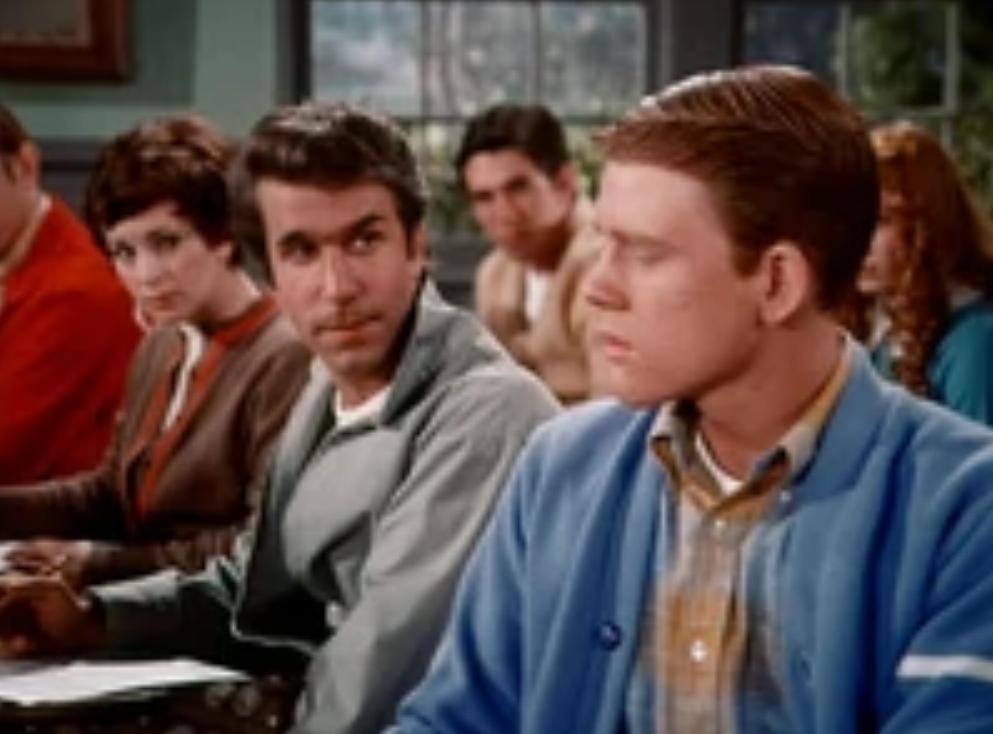
Kids didn’t tune in to the sitcom Happy Days because they were nostalgic about the ’50s. They did it to see the Fonz, the coolest character on TV. All across the country, kids would be practicing their Fonzie thumbs up and saying “Ayyyy” with the perfect Henry Winkler inflection.
Then, they would go off and ride their bikes.
Having Tupperware pride

Of course, people still use Tupperware today, but it’s nothing like it was in the ’70s. Our Tupperware was colorful and bold, something that you actually wanted to show off when you opened your lunch at school.
The generation before us even had Tupperware parties to sell these much sought-after storage containers. In the 1970s, you’d have an easier time walking into somebody’s house and stealing a lamp than leaving with their Tupperware. Seriously, we loved it that much.
Using the 8-track player in your car
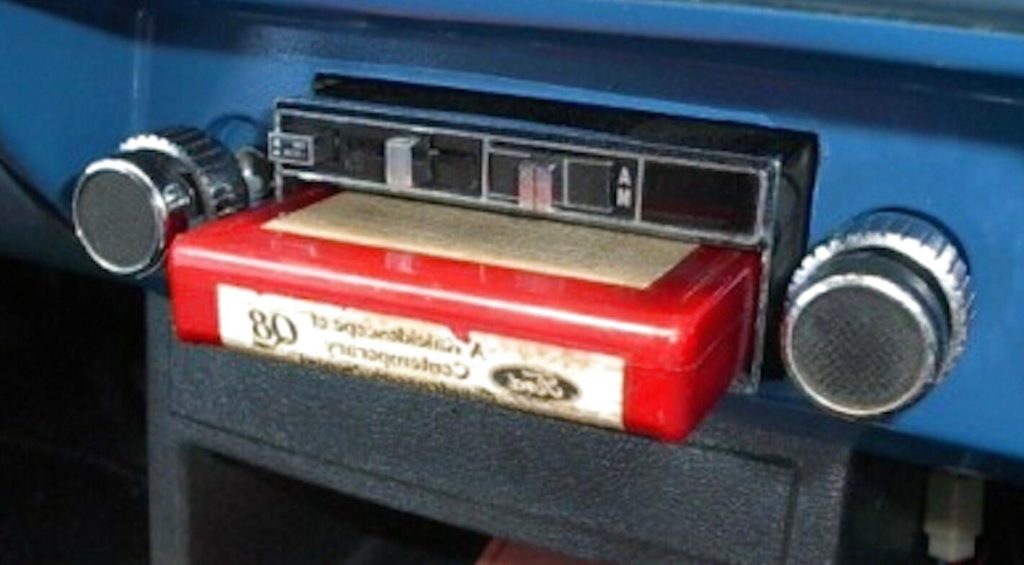
Nobody actually liked 8-track tapes—they were simply the only thing available in the ’70s for recording and listening to music before the cassette came to town. They were incredibly complicated, with four “programs” instead of sides. You had to toggle from program to program, making the whole enterprise hugely annoying and clunky.
In my “neck of the woods”, we had an 8-track player when I was 16 years old and dating my 14 year old girl friend. An FM adapter came when I was 18 years old, and then when I was 19 came the cassette.
Witnessing TV go off the air at night
Then dead air and static. No problem, though. We would just put a few albums on the turntable.

Television wasn’t available 24/7 during our childhood. At around 1 or 2 a.m., most TV stations signed off for the night, playing “The Star-Spangled Banner” before leaving us with a test card of color bars. Anyone suffering from insomnia didn’t have a lot of options in those days.
Seeing Star Wars in theaters for the first time
I watched it with another girl. It was her idea, and after a successful date watching “Raiders of the Lost Ark”, we went to Butler, PA and watched this gem. She drove. Not me. She had a silver Chevy Chevelle.
Those were the days.
Hot cars. Fun girls.
A large pizza for a $1.
I guess it was in a galaxy a long, time ago. Sigh.
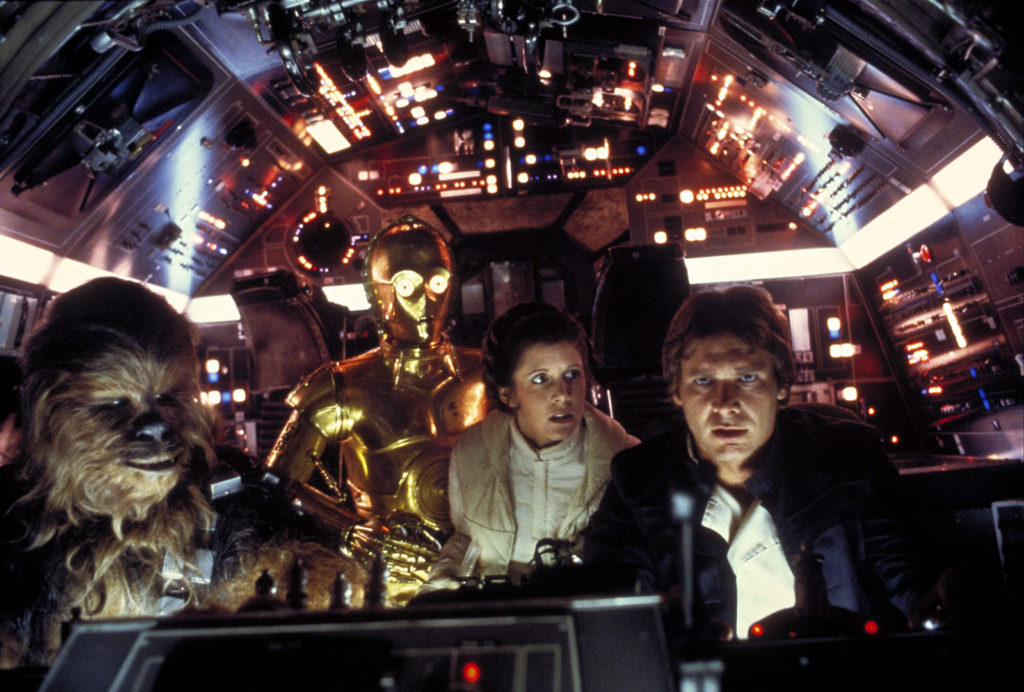
When George Lucas’s space opera first hit movie theaters in 1977, it was unlike anything the world had ever seen. If you ask anyone who saw the original Star Wars in theaters about their experience, they’ll be able to tell you every little detail, right down to how long they waited in line. For a ’70s kid, it’s easy to get goosebumps just thinking about it.
Yeah. I do remember getting on the phone and talking for hours about the movie.
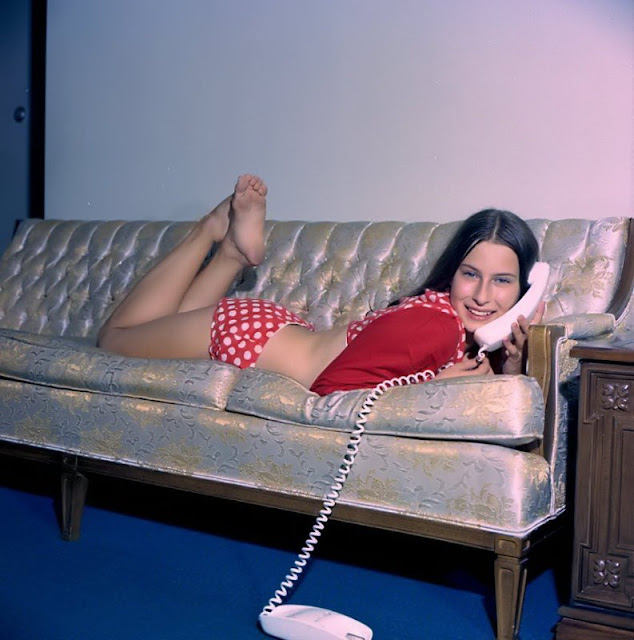
Practicing the Hustle
Everyone did it. Though many of us deeply regretted it in the morning.
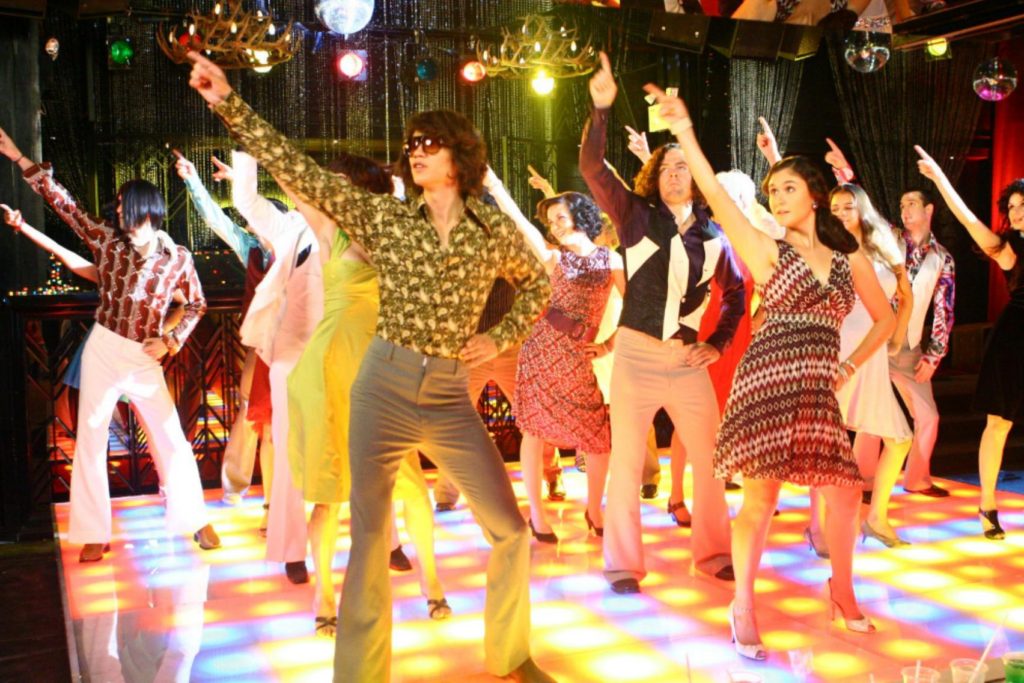
Before there was the Macarena, there was the Hustle. When Van McCoy implored us in his 1975 hit to “do the Hustle,” we all knew we had to learn this dance or we’d be left behind.
Sinking our feet into shag carpeting
God. You all have no idea.
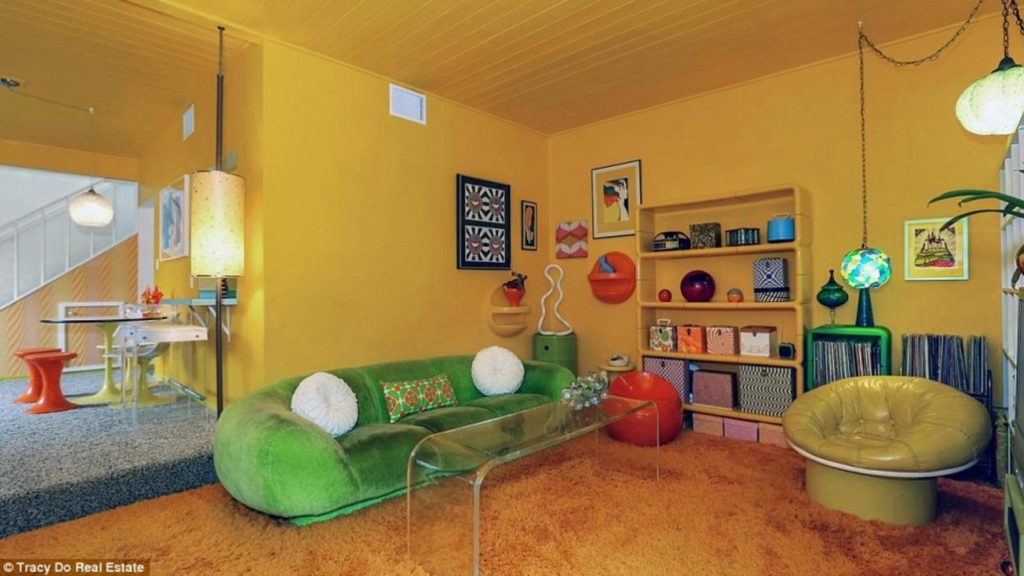
Shag carpets looked hideous, almost like the hair on the head of a gigantic Muppet. And yet, they were also surprisingly cozy on bare feet. The material felt so soft to the touch that it made an entire generation overlook its heinous appearance.
When Marcia Brady moved out of the house, it was probably to an apartment like this…

With enough black laquer, your den would be fit for a villain from Kung Fu.
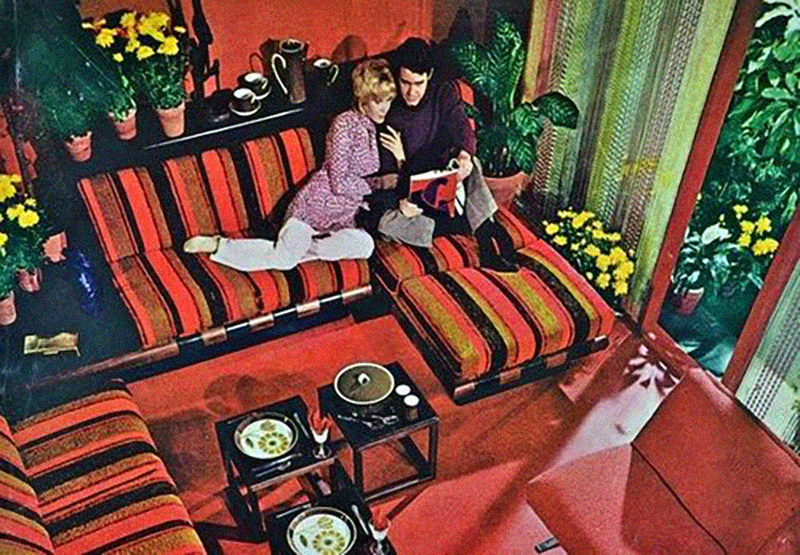
The perfect kitchen for spilling tomato sauce.

Laughing at Saturday Night Live
Went great with beer.
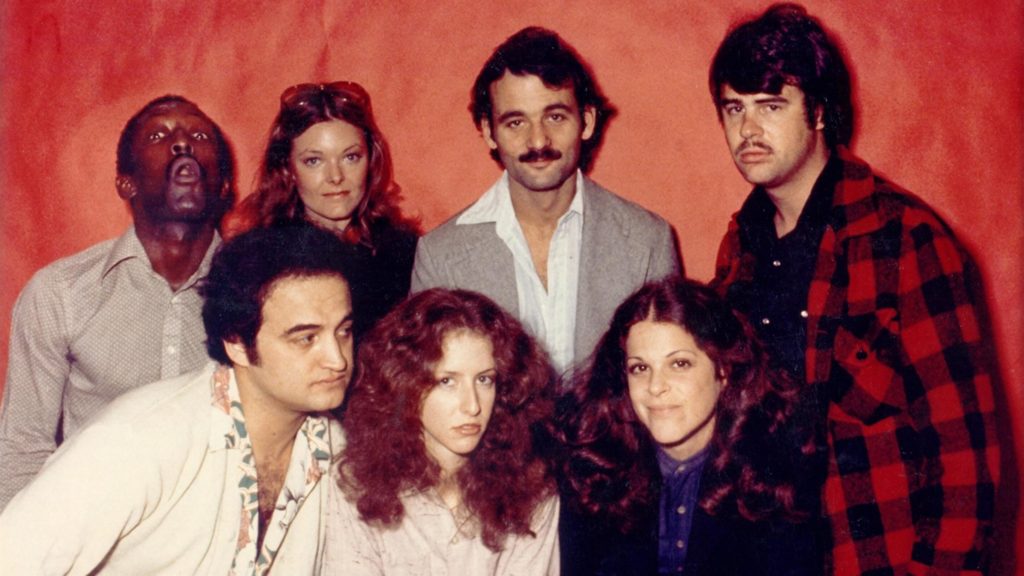
If you weren’t old enough to stay up late and watch Saturday Night Live when it first launched in 1975, you probably had an older sibling or a parent who was—and did. The morning after, you’d beg them to recount every hilarious moment, even if you didn’t always understand all the jokes. If nothing else, the merciless torture of a clay figure named Mr. Bill felt like the most brilliant bit in the world.
Doing the Village People’s “Y.M.C.A.” dance
Yeah. People danced back then.
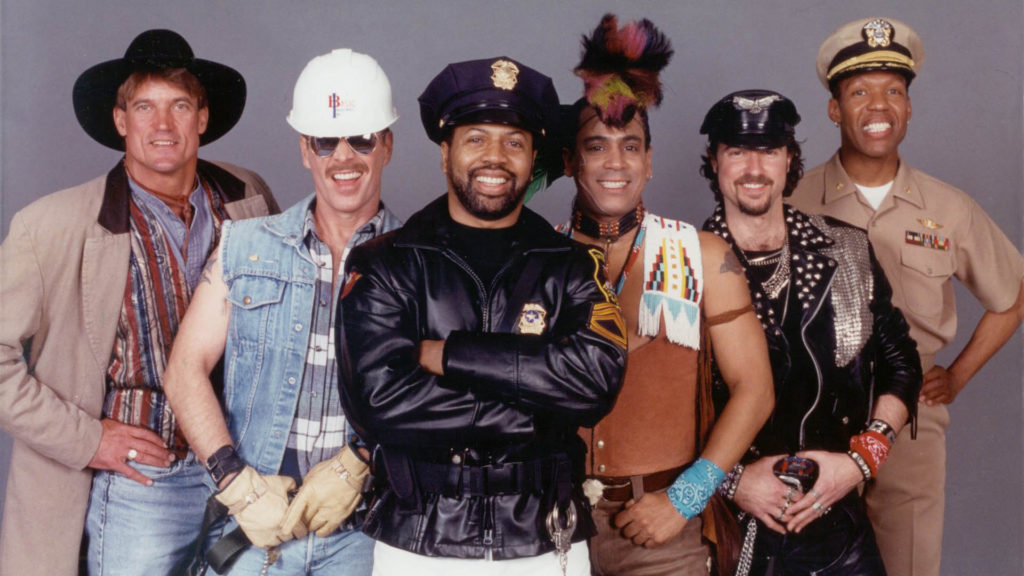
The Hustle was hardly the only iconic dance to come out of the ’70s. You can immediately tell if somebody came of age during the decade by whether or not they reflexively spell out the letters “Y,” “M,” “C,” and “A” with their arms whenever this Village People song is played.
Growing up with Sesame Street
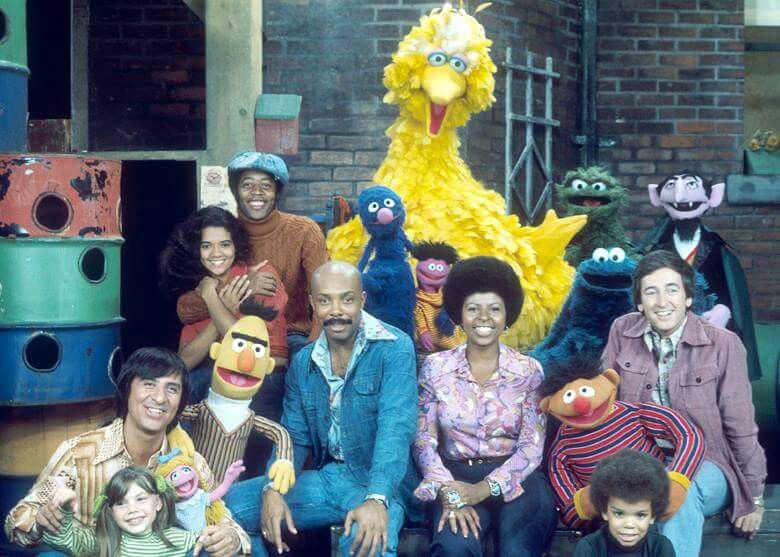
Every child born in the last 50 years has likely been influenced by Sesame Street in some way. But for ’70s kids who got to experience the PBS show from the beginning, the program was a revelation. We were the first generation to fall in love with Big Bird, Grover, Bert, and Ernie, the fictional characters who taught us everything we needed to know growing up.
For me, I was busy watching Mary Harman, Mary Hartman.
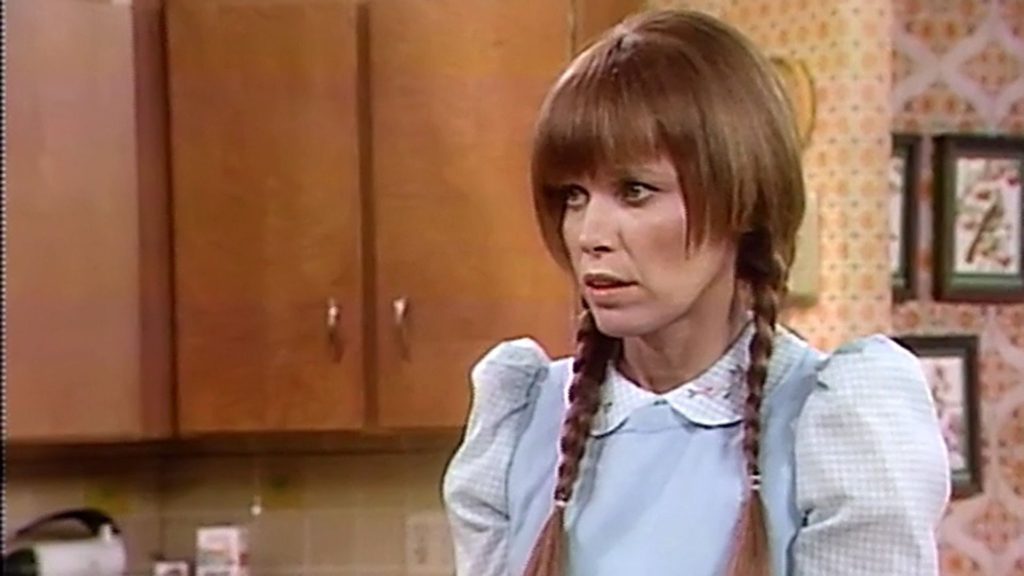
Expressing ourselves with mood rings
It was very cool.
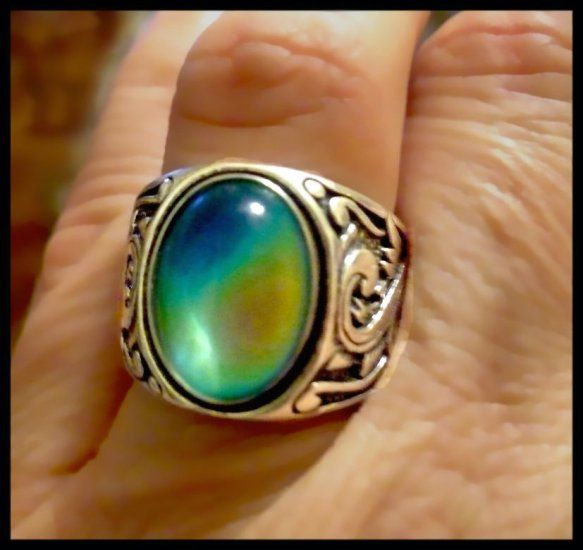
This ’70s fashion accessory was also a liquid crystal thermometer, which is how it could “recognize” your emotional state. Blue meant you were calm or relaxed, amber meant you were nervous or anxious, and black meant you were angry. For ’70s kids, showing someone the color of their mood ring was much easier than talking about feelings.
Smashing clackers together

What’s surprising isn’t that ’70s kids loved this toy, which consisted of two heavy acrylic balls attached to string intended to be banged together at full force—it’s that it took years before somebody noticed that clackers produced a lot of shrapnel. In 1976, the United States government finally deemed the toy a “mechanical hazard,” and they were taken off store shelves.
Well.
Well.
It was a different time and a different place. And it’s fine to remember the good, the bad and the truly messed up. But you know, the things that we miss today are the things that we took for granted back then.
If something is going well for you; put it in your affirmations so that it keeps supplying you with good and happy memories. Don’t take it for granted. Things taken for granted often disappear.
To underline and appreciate what you appreciate in your affirmations. It’s not just about your future. It’s also about keeping intact things that matter to you.
You know if more people do this, we would still have $1 pizza pies everywhere, we’d be zooming around in GTO’s, and listening to “real” music.

Do you want more?
I have more posts in my Happiness Index here…
Life & Happiness.
Articles & Links
You’ll not find any big banners or popups here talking about cookies and privacy notices. There are no ads on this site (aside from the hosting ads – a necessary evil). Functionally and fundamentally, I just don’t make money off of this blog. It is NOT monetized. Finally, I don’t track you because I just don’t care to.
- You can start reading the articles by going HERE.
- You can visit the Index Page HERE to explore by article subject.
- You can also ask the author some questions. You can go HERE to find out how to go about this.
- You can find out more about the author HERE.
- If you have concerns or complaints, you can go HERE.
- If you want to make a donation, you can go HERE.


